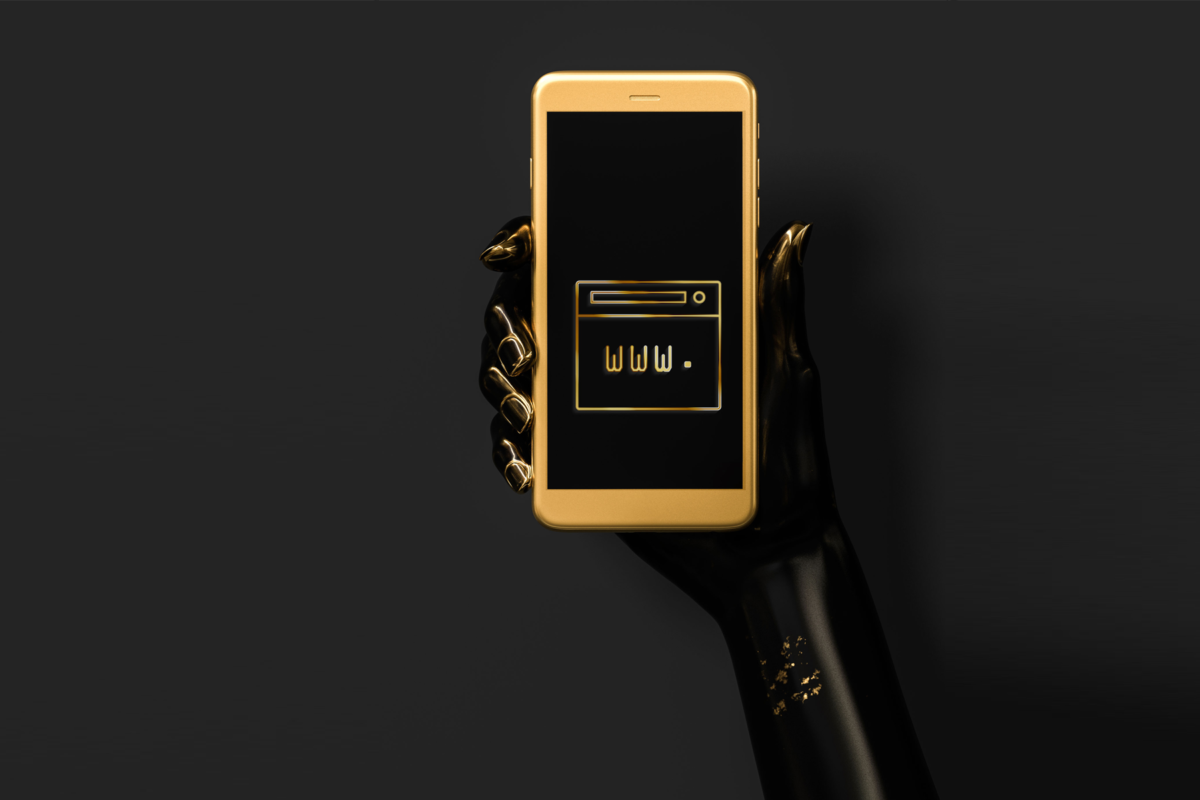The digital landscape evolves at a breakneck pace, and 2025 promises to be a groundbreaking year for web and graphic design. At iThink Image, we pride ourselves on staying ahead of the curve, ensuring that our clients benefit from cutting-edge strategies. Here’s a look at the top trends shaping the future of design in 2025:
1. Immersive 3D Experiences
3D elements are no longer a novelty but a necessity for creating memorable digital experiences. Advances in web technology allow for:
- Real-Time 3D Rendering: Seamless integration of interactive 3D models on websites, elevating user engagement.
- Hyper-Realistic Visuals: Enhanced by AI tools, designers can craft lifelike textures and dynamic environments.
Tip for Businesses: Use 3D designs in product showcases or virtual tours to captivate your audience.
2. AI-Powered Personalization
Artificial intelligence is redefining user experience. Websites in 2025 will adapt dynamically to each user’s preferences, offering:
- Tailored Content: AI analyzes user behavior to deliver hyper-relevant content.
- Smart Visual Adjustments: Colors, layouts, and animations that adjust based on user interactions.
Tip for Businesses: Implement AI tools to make your website feel like it was designed for every individual user.
3. Bold Typography and Minimalism
Typography is stepping into the spotlight as a primary design element. Expect:
- Oversized Fonts: To convey messages powerfully and enhance visual hierarchy.
- Kinetic Typography: Animations that breathe life into text and maintain user attention.
- Minimalistic Layouts: Clean designs with bold text and ample white space.
Tip for Businesses: Focus on impactful headlines that capture attention instantly.
4. Sustainable and Ethical Design
Consumers are increasingly drawn to brands that prioritize sustainability. This is reflected in:
- Eco-Inspired Color Palettes: Earthy tones and natural gradients.
- Sustainable Web Practices: Lightweight websites that reduce carbon footprints.
Tip for Businesses: Highlight your eco-friendly practices through design to align with conscious consumer values.
5. Micro-Interactions and Micro-Animations
Subtle animations are key to enhancing user experience without overwhelming the design. Look out for:
- Hover Effects: Providing instant feedback with a touch of elegance.
- Loading Animations: Engaging visuals that make waiting enjoyable.
Tip for Businesses: Add micro-interactions to guide users intuitively through your site.
6. Mixed Reality (XR) Integration
As AR and VR technologies become more accessible, web design will integrate:
- Augmented Reality (AR): Allow users to visualize products in their space before purchase.
- Virtual Reality (VR): Immersive brand experiences through virtual showrooms or events.
Tip for Businesses: Explore how XR can create unique customer interactions, particularly in retail and real estate.
7. Neo-Brutalism
This bold design style combines raw, unpolished elements with modern flair. Expect:
- Asymmetric Layouts: Breaking the grid for a more dynamic feel.
- Monochrome Themes: With occasional pops of vibrant color.
Tip for Businesses: Use neo-brutalism to stand out with an edgy and experimental aesthetic.
8. Voice User Interfaces (VUIs)
With voice search and assistants on the rise, websites will adapt to:
- Voice Commands: Allowing users to navigate with spoken instructions.
- Accessible Design: Prioritizing audio cues and voice-readable content.
Tip for Businesses: Optimize your site for voice search and integrate VUIs to stay future-ready.
9. Data-Driven Infographics
Interactive and animated infographics are taking center stage in content marketing. Trends include:
- Real-Time Data Visualization: Powered by APIs to keep content fresh.
- Engaging Animations: Making complex data easy to digest.
Tip for Businesses: Use animated infographics to communicate key insights effectively.
10. Blurring the Lines Between Web and App
Progressive Web Apps (PWAs) continue to merge the functionality of websites and apps, offering:
- Offline Functionality: Ensuring seamless user experiences without internet access.
- App-Like Features: Push notifications and responsive design.
Tip for Businesses: Invest in PWAs to deliver a seamless and engaging customer experience.
Conclusion 2025 will be a transformative year for web and graphic design, emphasizing interactivity, personalization, and sustainability. At iThink Image, we’re excited to help our clients navigate these trends and create impactful digital experiences. Let’s build the future together—bold, professional, and innovative.

